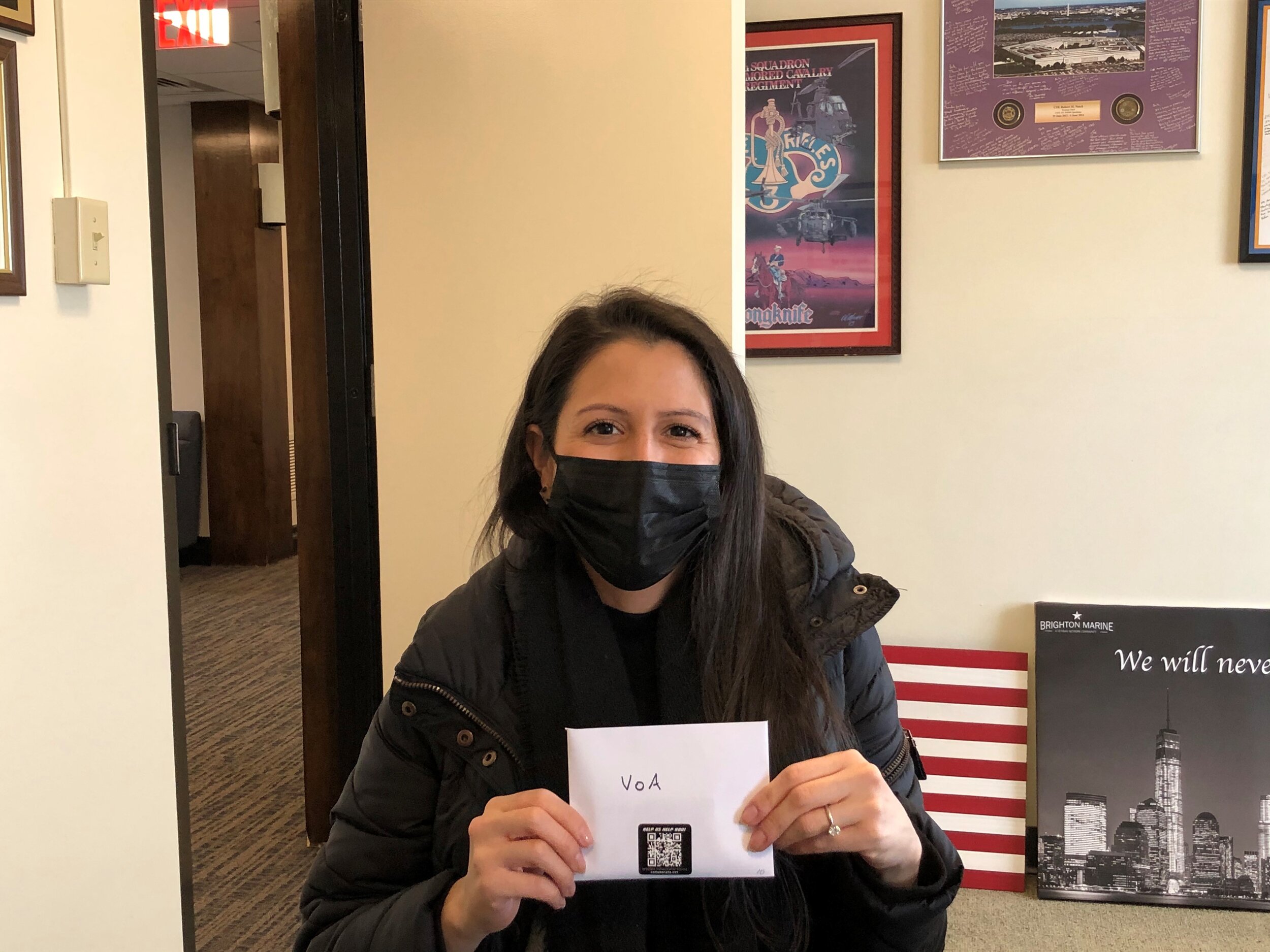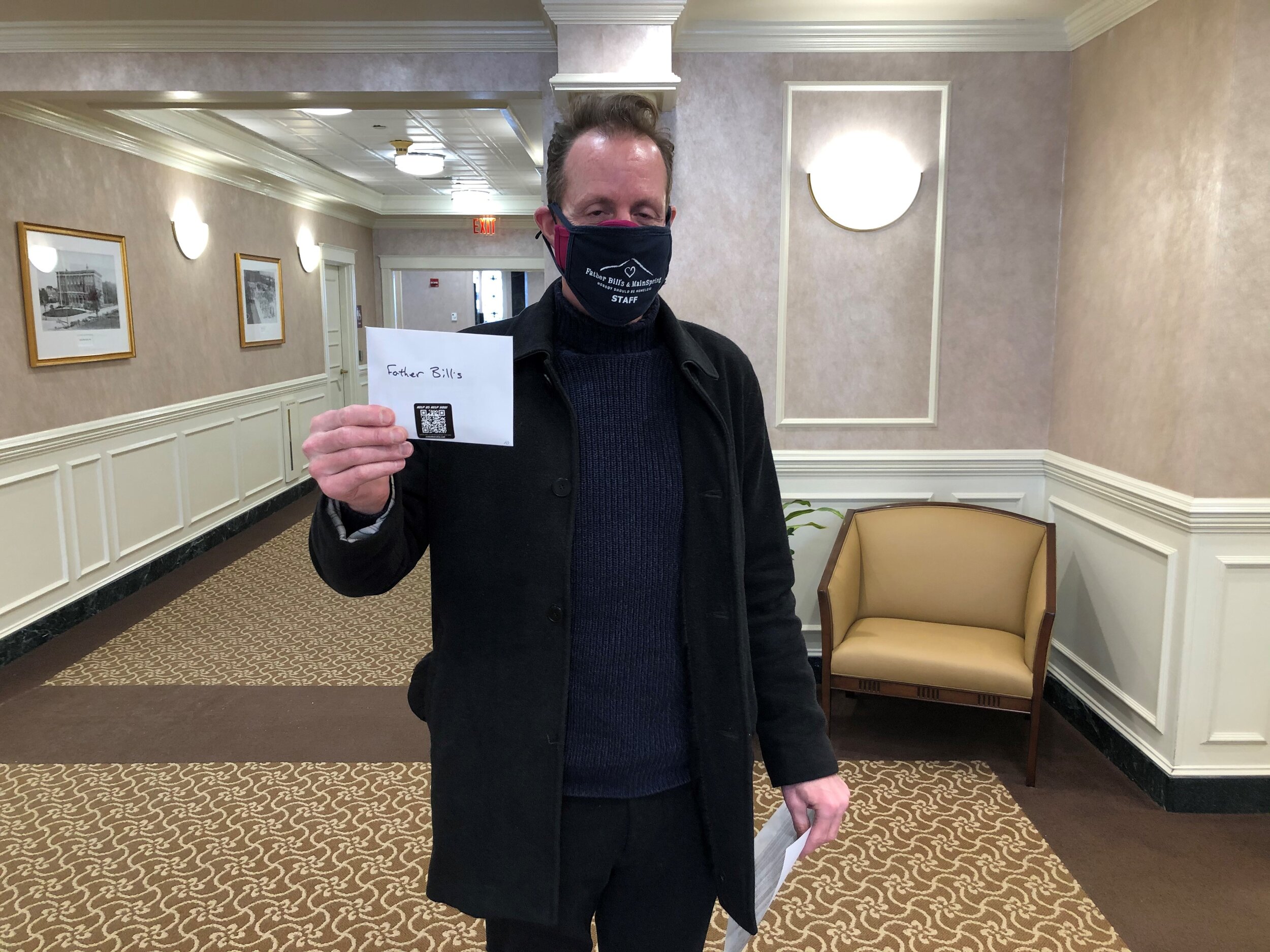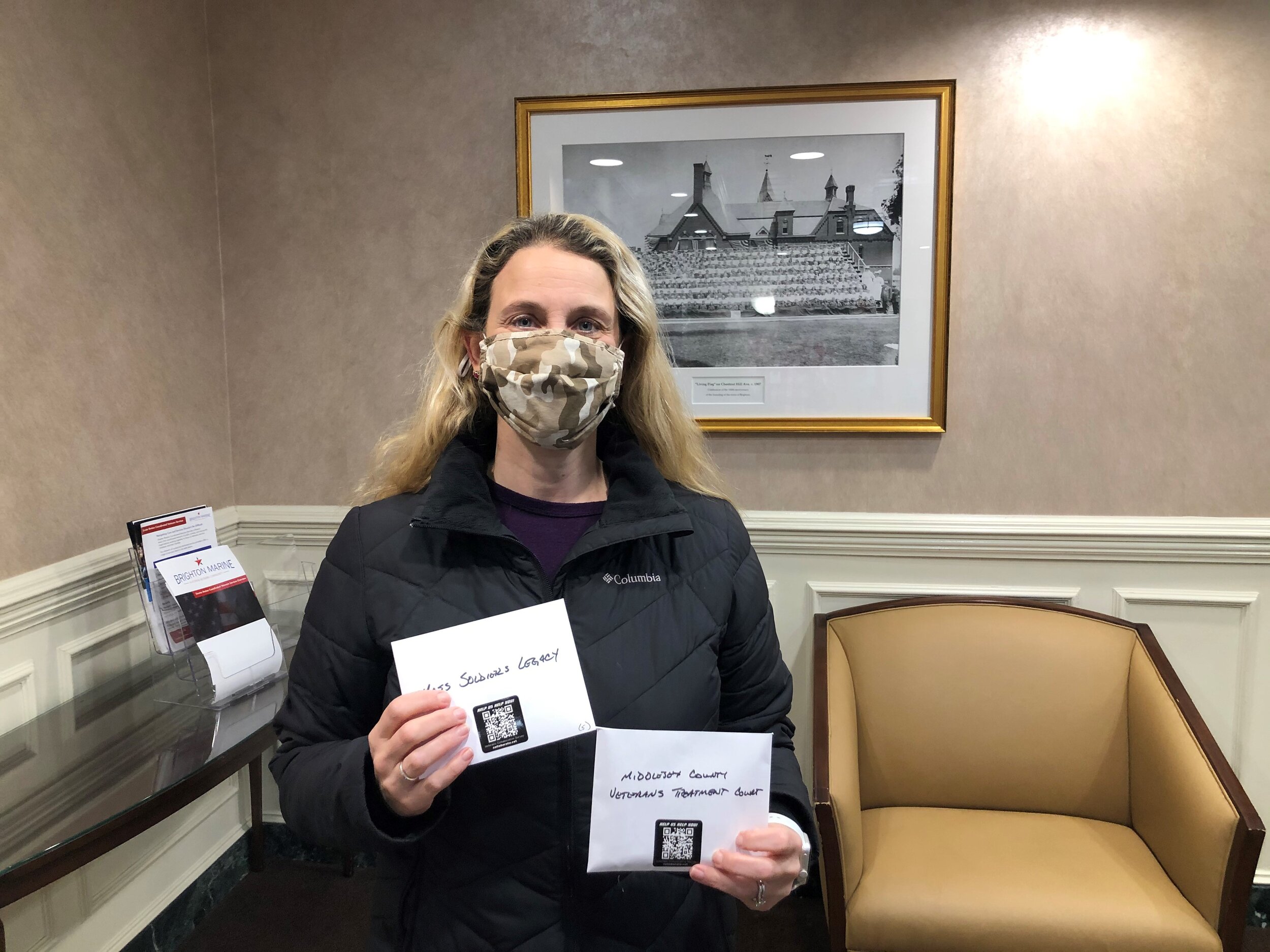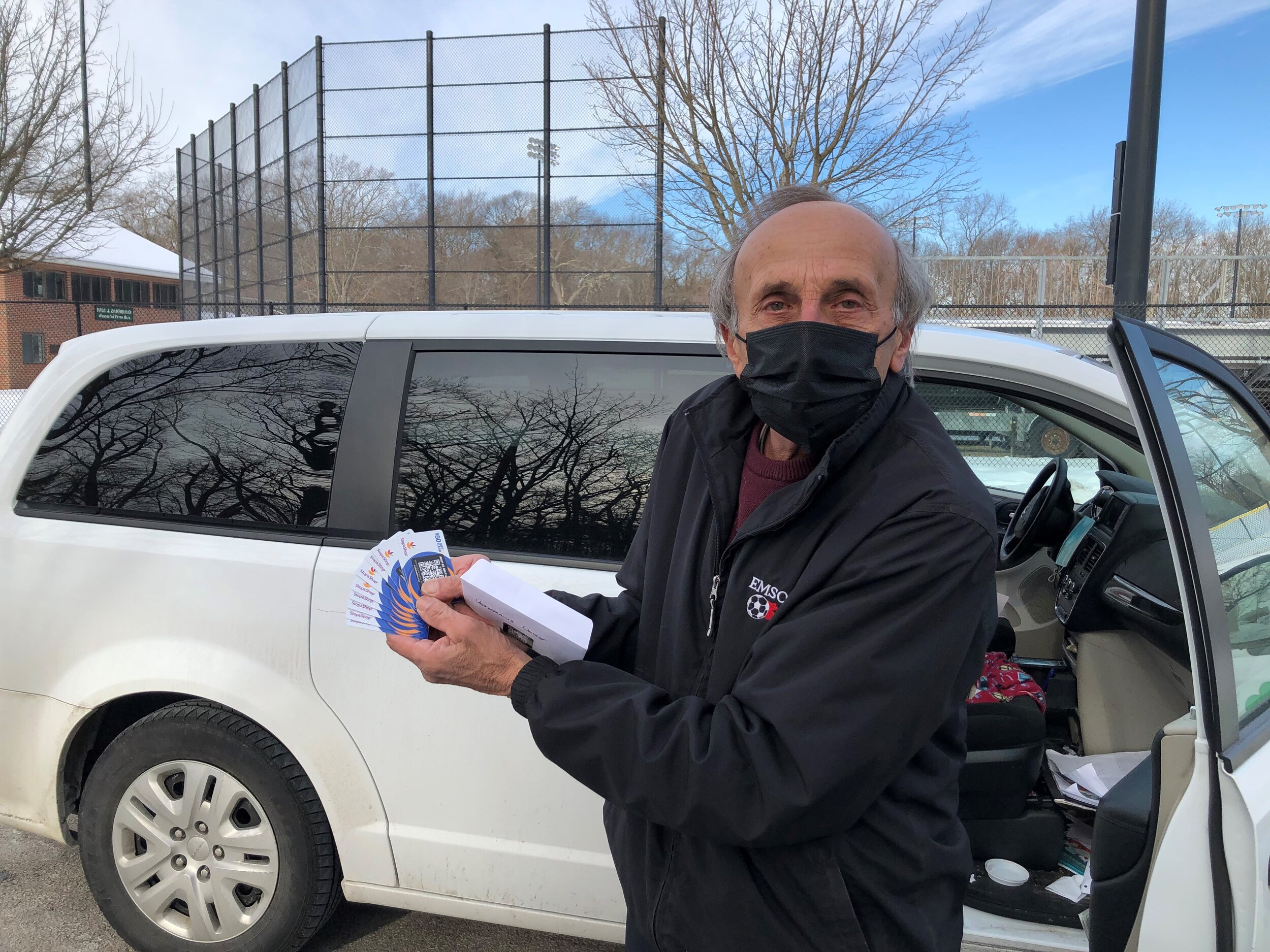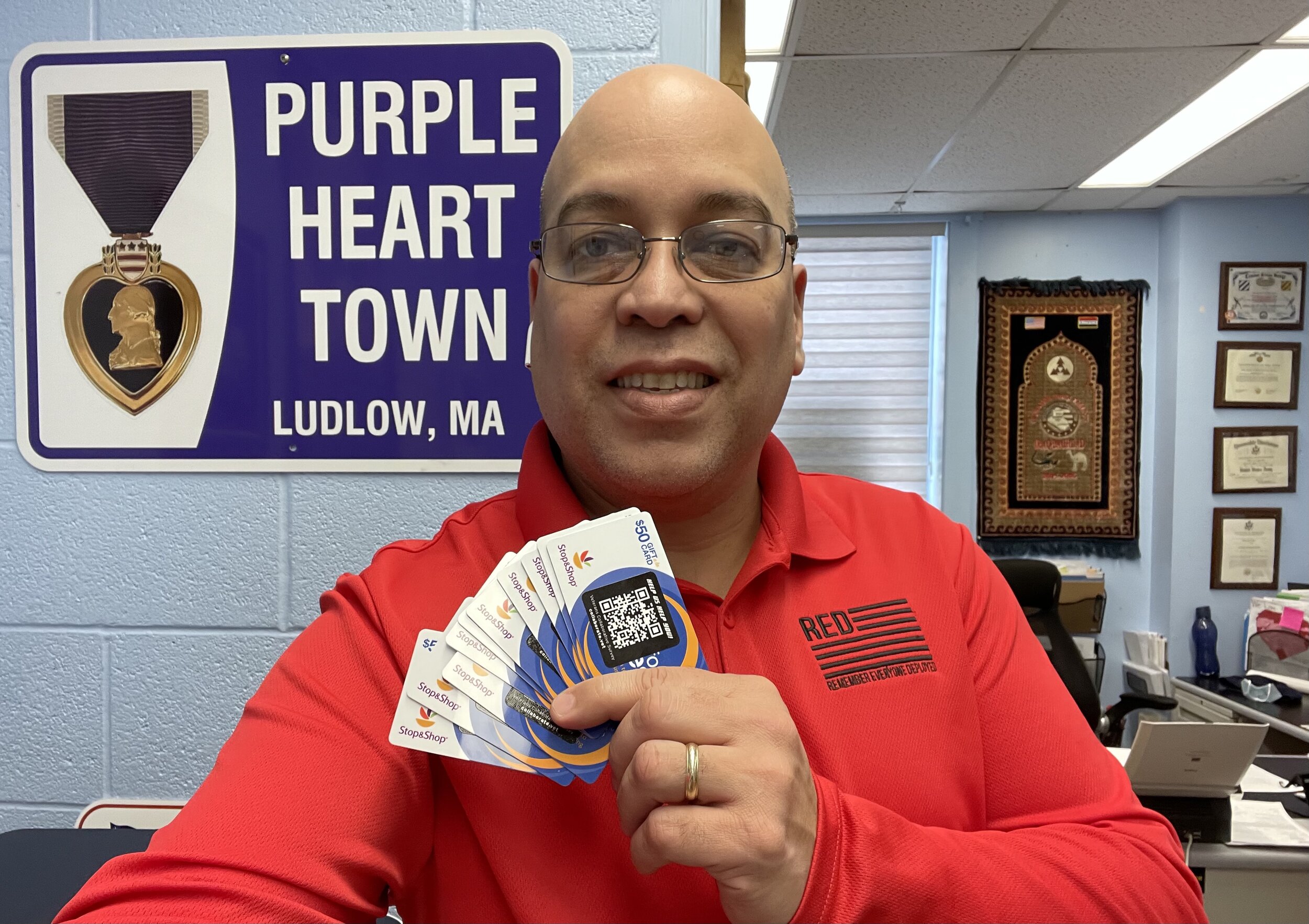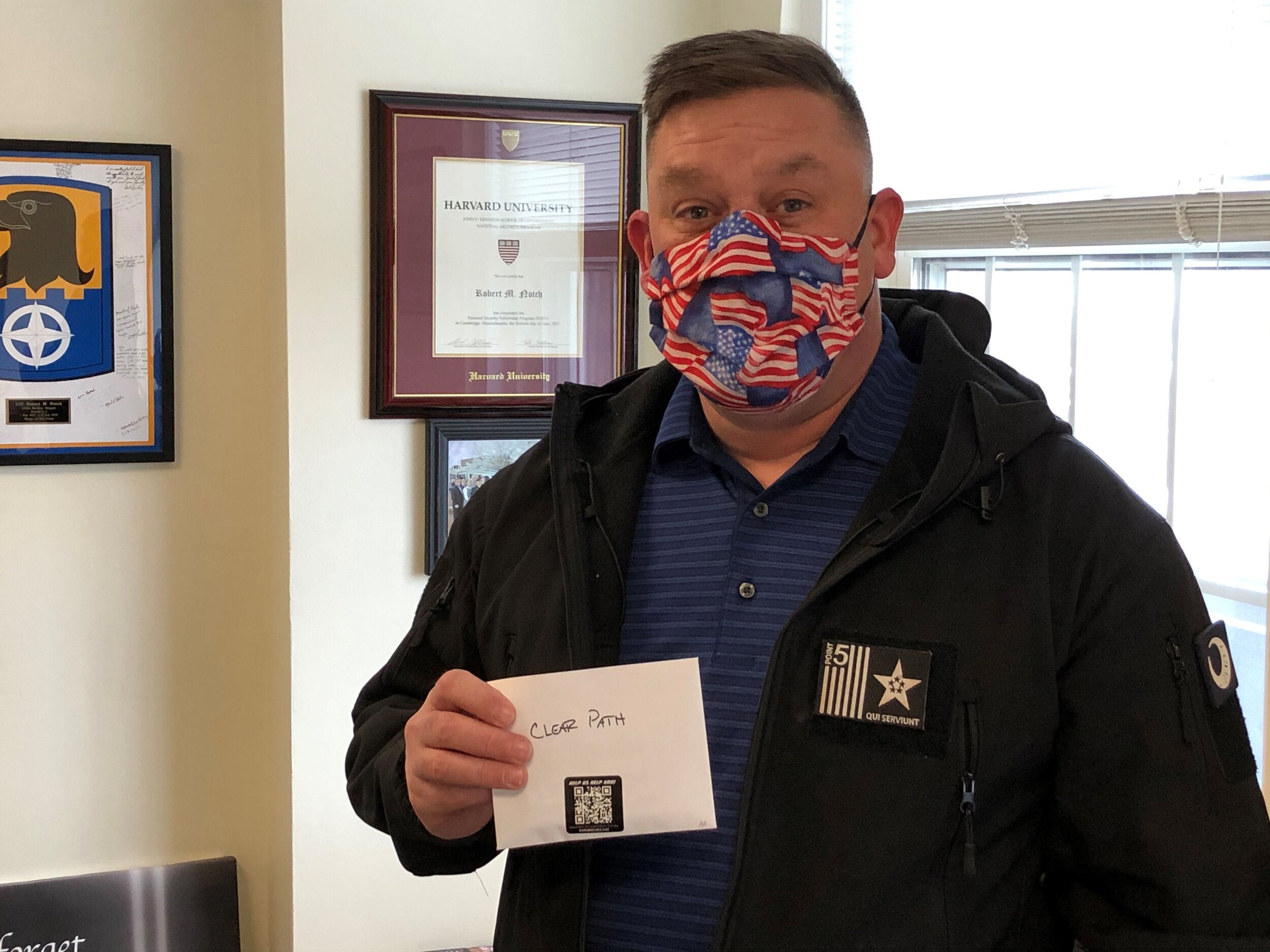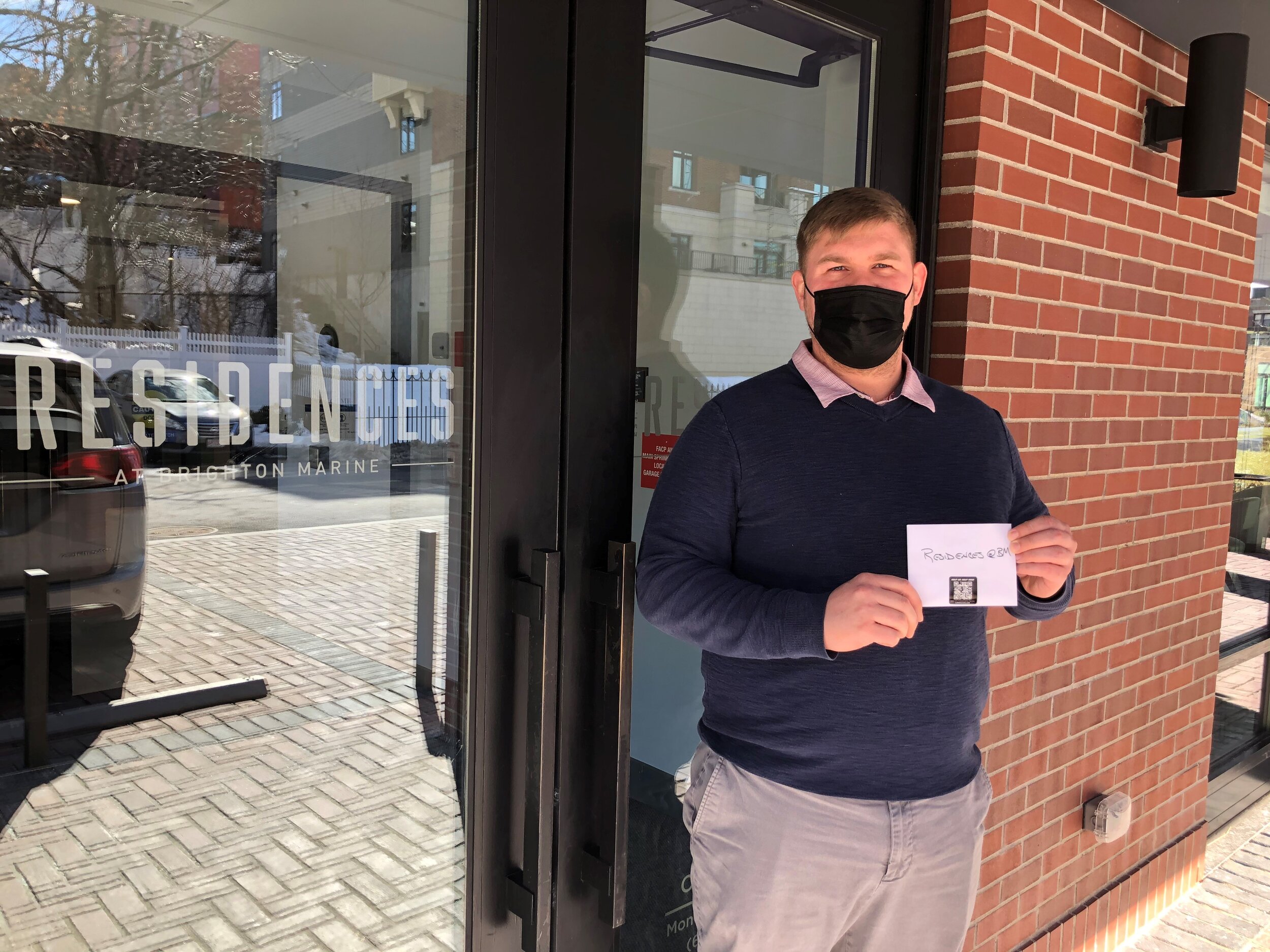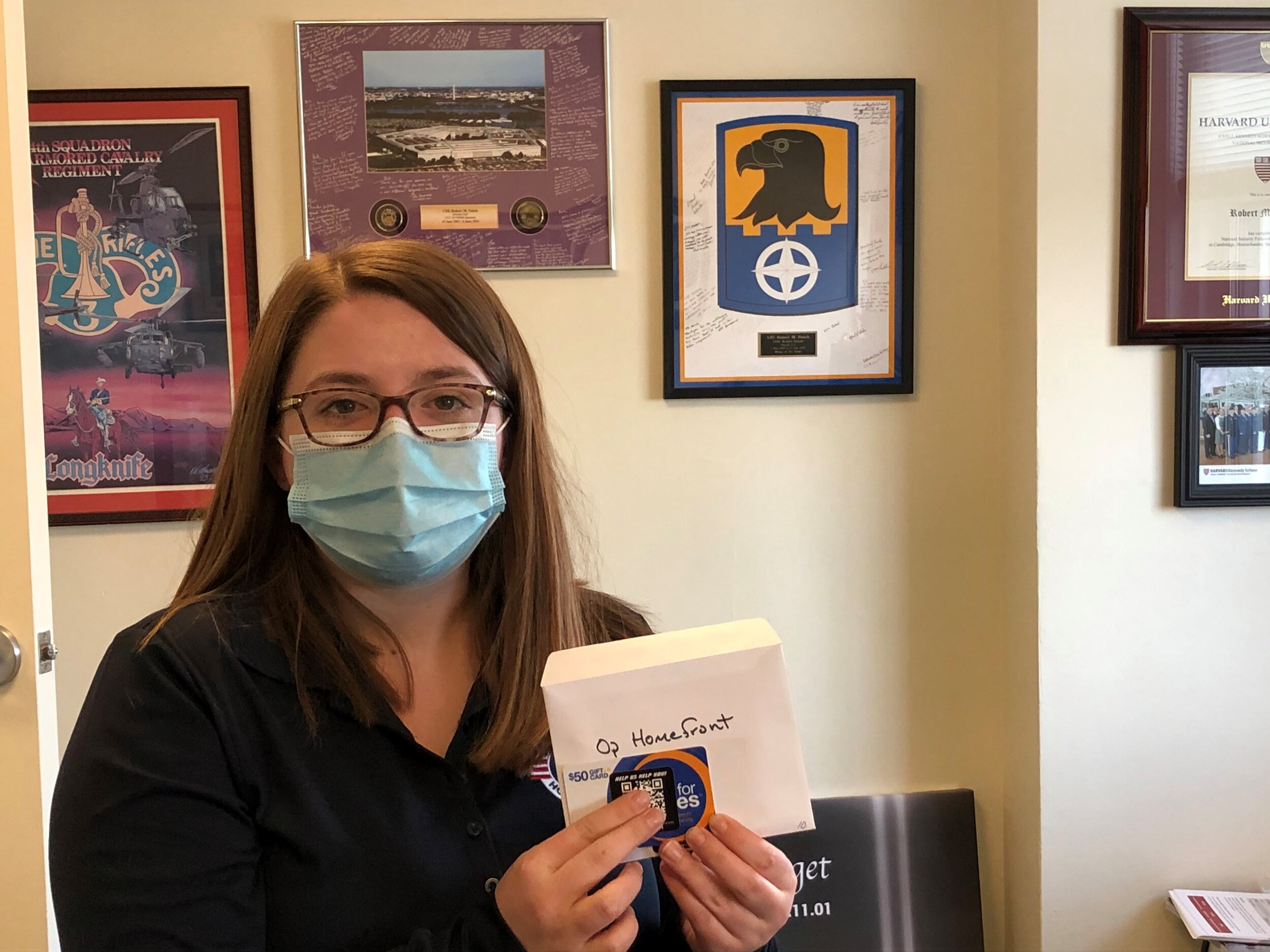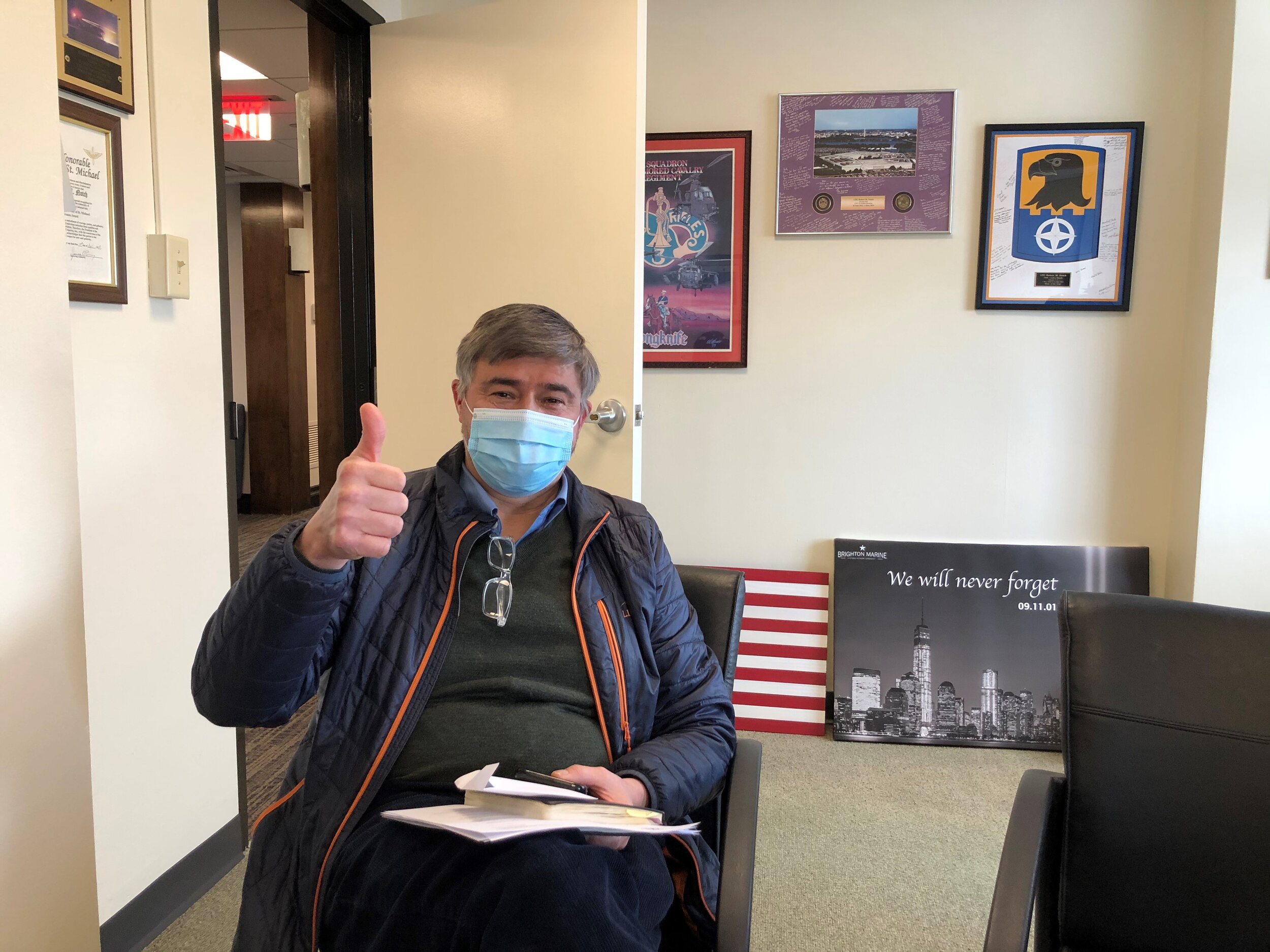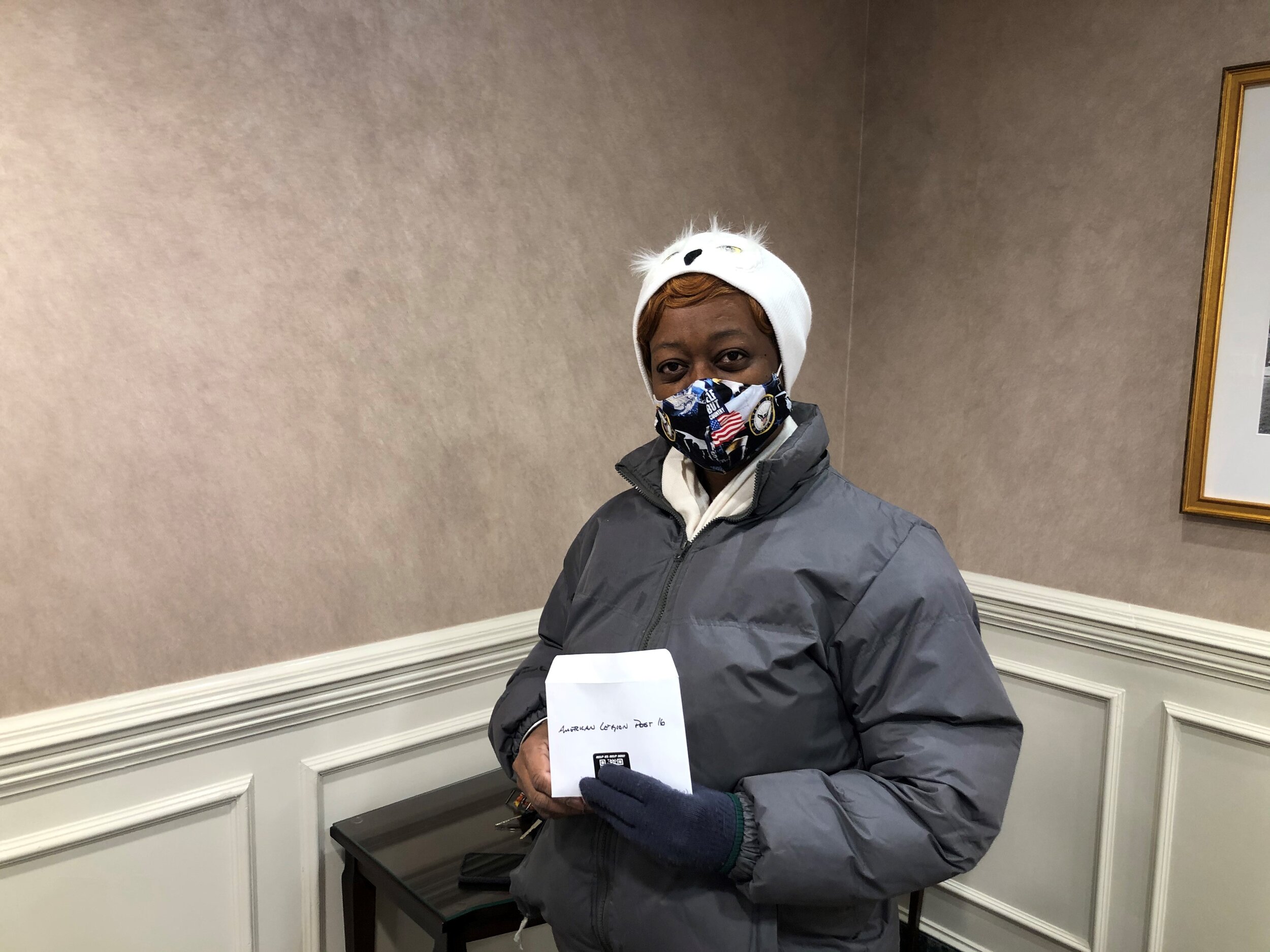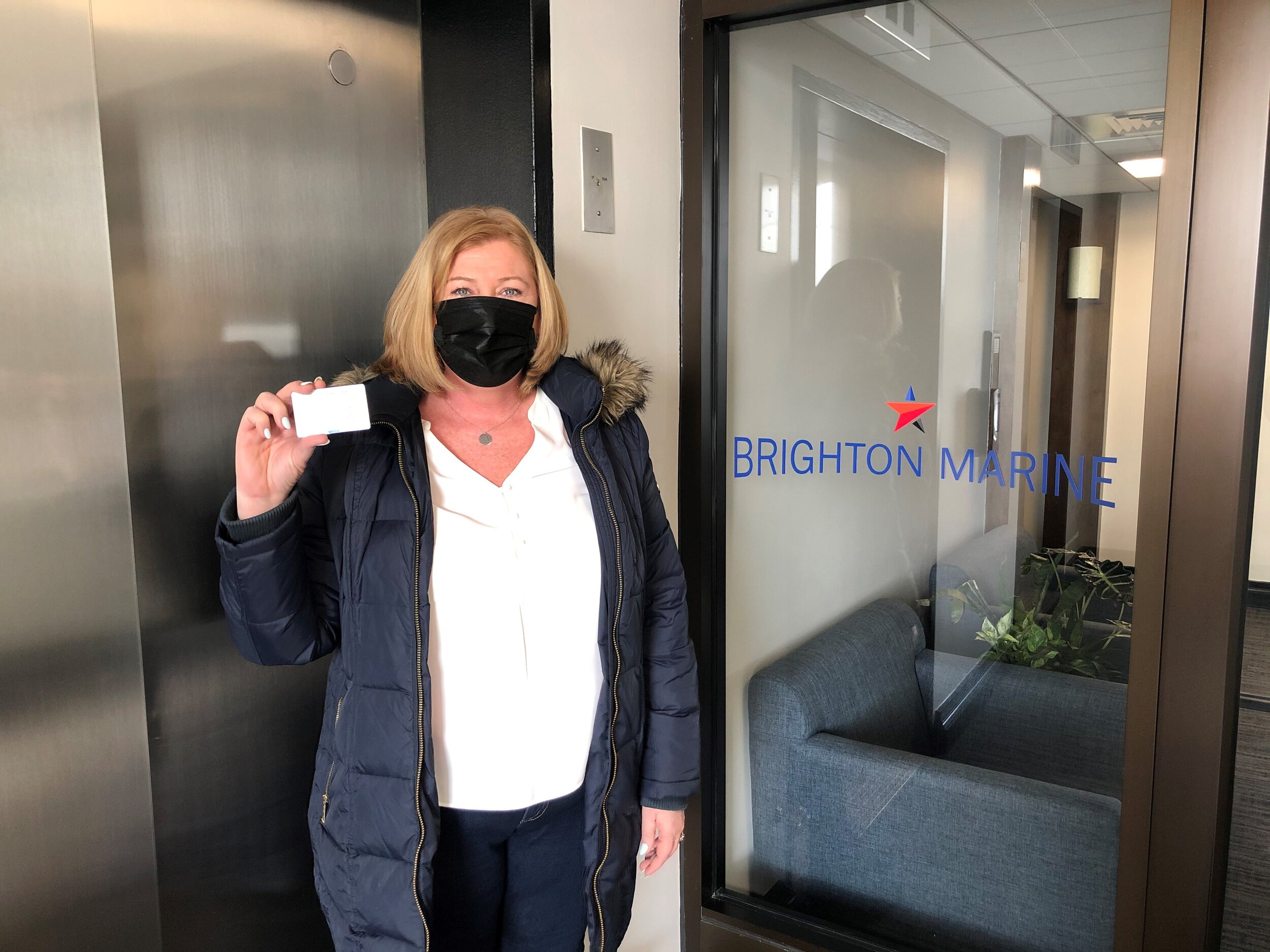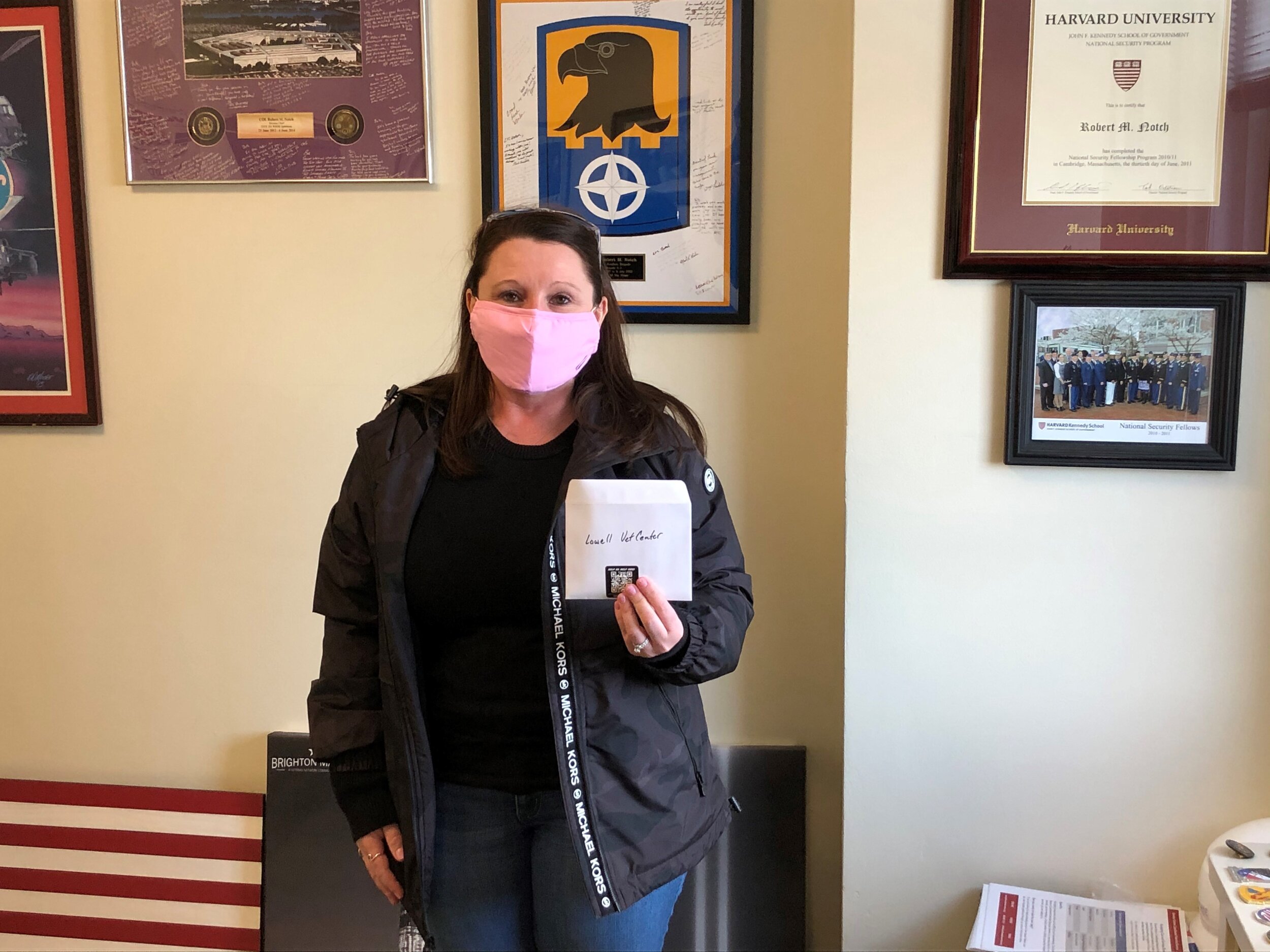Food Security Resource Network
The U.S. Department of Agriculture defines food security in a household as “access by all people at all times to enough food for an active, healthy life.” People experiencing food insecurity can’t acquire enough food at all times because they lack money or other resources.
In September 2023, RAND released Food Insecurity Among Veterans examining the discrepancy between veteran food insecurity and use of SNAP. The report demonstrated that around:
70% of veterans over age 70 who were experiencing food insecurity were not enrolled in SNAP, compared to 60% of non-veteran peers; and
55% of veterans with disabilities experiencing food insecurity were not enrolled in SNAP, compared to 45% of non-veteran peers.
If you or someone you are assisting are trying to access SNAP, MLRI’s SNAP Advocacy Guide offers step-by-step information on DTA regulations and procedures, eligibility, applying, and appealing decisions. MLRI also maintains information on DTA SNAP & Cash Benefits.
Network Directory
Food is Medicine
Tuft’s Friedman School of Nutrition Science and Policy launched the Food is Medicine Institute at in October 2023 to support the integration of food-based nutrition interventions (medically-tailored meals, produce prescriptions, physician education, etc) into clinical care and electronic health records with reimbursement pathways to treat disease and advance equity.
According to the Institute, 85% of all healthcare spending relates to diet-related chronic disease management. Adults with serious medical conditions who received 10 medically-tailored meals per week for an average of nine months per year were 49% less likely to be admitted to the hospital and 72% less likely to be admitted to skilled nursing facilities with a 16% overall cost reduction.
Among other key policy solutions, the Food is Medicine Institute recommends pilot programs be approved by Congress to provide medically-tailored meals and produce prescriptions to eligible individuals through Medicaid, Medicare, and the VA, DoD, and Indian Health Service, and for states to apply for Section 1115 waivers to allow Medicaid programs to test/scale interventions.
Home Delivered Meal Programs
If you are over 65, disabled, require assistance with grocery shopping and/or preparing meals, are on Medicaid/Medicare, have a health insurance plan that offers a paid meal benefit, or meet other requirements, you might qualify to receive home delivered meals. Self-pay options are also available.
-
No Cost Meals: Community Servings provides free home delivered meals to clients at a critical stage of a life-threatening illness. Weekly meals typically include 5 entrees, 4 salads, 4 soups, yogurt, fresh fruit, desserts, and a quart of milk. Meals are provided for the client and family members, including a caregiver (parent/spouse) and children under age 18.
Your doctor, nurse practitioner, or other healthcare professional needs to complete the certification form included with the application to determine your eligibility.
Self-Pay Program: Servings Direct is the self-pay version of Community Servings’ medically tailored meals program. Servings Direct meals meet specific medically determined dietary requirements.
Self-pay meal plans are $130 per week, including delivery, for 5 Dinner Entrees, 5 Lunch Soups, 5 two-ounce Homemade Rolls, 3 Yogurts, 2 Fruit Cups, 2 Servings of Hummus/Dip, and 3 Homemade Desserts.
-
Medicaid & Older American Act Recipients: Eligibility for meals varies.
Medicare Advantage: Many Medicare Advantage plans offer meals as part of their post-discharge or chronic care support programs.
Self-Pay Program: Those without an eligible health plan or who don’t qualify for government assistance, but still want the convenience of home-delivered meals for themselves or a loved one, this program offers nine health-condition menus with a variety of meal options at only $7.99/meal (with a 10% discount for veterans or for those who subscribe for deliveries).
-
If you think someone meets the Magnolia program criteria, please ensure they are within the region by reviewing the towns and zip codes listed here. People living with cancer in eligible areas can enroll if they meet at least one of the following criteria:
Currently undergoing chemotherapy, radiation therapy (excluding radioactive iodine treatment), hormone or targeted therapy, including immunotherapy
Underwent surgery, chemotherapy, radiation or targeted therapy in the last 3 months (including immunotherapy)
Have been discharged from a hospital in the last 3 months (cancer-related)
Receiving adjuvant or neoadjuvant treatment (ie, add-on therapy given before/ after main therapy)
-
The N4L Home Delivered Meal Program provides meals planned by a Registered Dietitian to meet the nutrient requirements of clients for general health and well-being and for 36 medical indications including, but not limited to: Chronic Kidney Disease, End Stage Renal Disease, and Congestive Heart Failure. Our meals are free from dairy, peanuts, gluten and pork.
Medicaid and Older American Act Recipients: N4L provides meals to beneficiaries under most Medicaid and Older American Act programs. If you have a Case Manager, they will be able to tell you if home delivered meals are part of your benefits. If you don’t know or don’t have an assigned Case Manager, contact your Medicaid provider or local Area Agency on Aging, who may be able to help.
Medicare Advantage Beneficiaries: A few Medicare Advantage plans offer meals as part of their post-discharge or chronic care support programs. Consult your plan materials or call the phone number on the back of your insurance card. N4L currently only participates in PPO plans, not HMO plans.
Self-Pay Individuals: N4L offers a self-pay program for those without an eligible health plan or who don’t qualify for government assistance but still want the convenience of home-delivered meals for themselves or a loved one. You choose every meal, every delivery. Affordable at only $7.75/meal with a flat rate shipping fee.
N4L also offers Medical Nutrition Therapy and Nutrition Counseling. To see if these services are a covered benefit please refer to your plan materials or call the phone number on the back of your insurance card. For ore information, contact ssanders@nutritionforlongevity.com.
-
Sakara is taking food-as-medicine to the next level. You may qualify to use your Health Savings Account (HSA) or Flexible Spending Account (FSA) toward your order, saving up to 40% of the cost via Truemed.
All Sakara Nutrition Programs, Snacks, and Supplements are approved for reimbursement. Non-food items are not eligible for reimbursement.
Each Letter of Medical Necessity is valid for 12 months and can cover all eligible purchases within that period before it needs to be renewed.
Other Grocery & Meal Options
Visit Daily Table to find community grocery stores with a mission to provide nutritious, delicious food for 30% less than other supermarkets (or to shop online for local delivery where available).
Download the Too Good To Go app to connect with local restaurants and supermarkets for discount meals and surprise bags––save food that would otherwise be wasted while also saving money!
Full Cart is America’s Virtual Food Bank, a program of U.S. Hunger delivering boxes of food directly to your door. Individuals facing financial uncertainty or unable to find sufficient food can register for the waitlist.
Kindness is for everyone. No matter the reason for the need, your community wants to help. Let a neighbor deliver a home-cooked lasagna or main dish to your family one night. Click here to request a meal.
Food Security Summits & Direct Action
No one should have to choose between going hungry and paying rent. When the pandemic drove up the price of groceries and unemployment rates, many military and veteran households in Massachusetts were already struggling to get by.
Between 2016–2018, there were around 21,000 veterans receiving SNAP benefits in Massachusetts (7%). In 2019, Massachusetts has the highest average per meal cost in the nation at $3.63. The food insecurity rate in Massachusetts was 8.4%; with one in 9 residents overall relying on SNAP, averaging $1.36 per person per meal.
The 2019 Military Family Advisory Network Survey found nearly 13% of active duty, Guard, and Reserve family respondents were food insecure. Nearly one in 4 households with children in school indicated that their children received free or reduced meals at school.
Veterans Legal Summit
In October 2019, the Veterans Legal Clinic at Harvard Law School’s Legal Services Center hosted our last legal summit, where we heard from the Massachusetts Department of Transitional Assistance (DTA) and the Massachusetts Law Reform Institute (MLRI) about DTA’s effort to reduce food insecurity with Massachusetts DVS by getting more eligible veterans into SNAP.
Veterans’ agents noted a burden administering Chapter 115 for those who need SNAP benefits. Rather than sending a check to the beneficiary, they had to issue vendor payments directly to landlords and utility companies to prevent it from being counted as income for the purpose of SNAP eligibility, arrangements beneficiaries may experience as stigmatizing or disempowering.
While SNAP is a powerful safety net reaching the vast majority of eligible households overall in Massachusetts, Feeding America estimated that one in 3 households facing food insecurity were above the income eligibility thresholds for SNAP and other nutrition assistance programs.
In October 2020, Feeding America estimated Massachusetts would experience the largest increases in food insecurity (59%) due to Covid-19, particularly among children (102%). The Greater Boston Food Bank estimated that 1 in 8 people and one in 5 children in Massachusetts, experienced food insecurity, with a sharper increase in Eastern Massachusetts (with the highest average meal cost).
We Are Stronger Together
In partnership with Craig Newmark Philanthropies, the Bob Woodruff Foundation (BWF) hosted Leaders Eat Last: A Bob Woodruff Foundation Panel Series on Food Insecurity offering a helpful primers for those interested in exploring the complex and growing problem of food insecurity in the military and veteran community further as part of a broader effort to fund food security initiatives.
The Veterans Collaborative responded to increase access to targeted cash assistance during the pandemic, receiving five $10,000 grants to purchase $50 gift cards through BWF’s Got Your 6 Network program, along with individual donations and other grants totaling around $15,000.
-
Speakers
Michelle Doubet – Coordinator of Local Partnerships, Bob Woodruff Foundation
Mary Loghlin – SNAP Outreach Coordinator, Mass Department of Transition Assistance
Joyce MacDonald – Assistant Director of Development, Greater Boston Food Bank
Panelists
Don Cox – President / CEO, Massachusetts Military Support Foundation (Food4Vets)
Bill Moore – President / CEO, Project New Hope (Sully's Food Pantry)
Bryan Bishop – Boston Veterans Services
Bruce Buckley – CEO, SoldierOn (Prepared Meals)
From January 2021–January 2023, more than 55 organizations joined us to fight against food insecurity, distributing the nearly $65,000 in gift cards to help fill gaps for more than 2,785 service members, veterans, survivors, and dependents sharing food in households that received gift cards. A third (944) of the people in impacted households were under age 18.
Participant Surveys
After receiving notice of the $10,000 stimulus grants from BWF, we sent an email to our list with a brief Needs Assessment. The majority of service providers interested in offering food support to those in need completed the assessments within a few hours; nearly all completed them within a day.
Generally, everyone who completed a needs assessment by the deadline was offered anywhere from a few to twenty $50 dollar gift cards to distribute (based on their assessment, funds, and demand) during each round of distributions.
-
How It Worked
We coordinated distribution to the various organizations by pickup, drop off, or mail. Service providers were asked to distribute gift cards as soon as possible, completing a survey to report back to BWF by the given deadline. In total 106 needs assessments were completed by service providers in our network between January 2021 and November 2022.
At least 60% of service providers had served or were currently serving in the military; at least 47% of these providers participated in 2–5 distributions.
26% of service providers identified as a military or veteran family member (without military service themselves); 53% of these providers participated in 2–4 distributions.
14% identified as military or veteran service providers only; 28% of service providers not otherwise military- or veteran-connected participated in 3 distributions.
We asked generally where service providers distributed gift cards, in what type of households, (veteran, survivor, military family, etc), and to how many adults and children under age 18. We also asked open ended questions about how they assessed the need and prioritized which clients to offer the gift cards to. We also prompted participants to tell stories about their impact, etc.
Service providers reported distributing gift cards in at least 11 of 14 counties in Massachusetts. Distributions were reported in the Greater Boston area most often (75), which covers the Northeastern Massachusetts, as well as areas in the Southeast Region.
Distributions were reported throughout the Southeast (40x) and Northeast (33x) Regions, including within the Boston Metro (28x), MetroWest (22x), South Shore (8x), Merrimack Valley (6x), and North Shore (4x) areas of Greater Boston, along with Cape Cod (4x) and the South Coast (2x). No distributions were reported in Dukes or Nantucket County.
Service providers reported distributions throughout the Western (24) and Central (13) regions of Massachusetts, except in Berkshire County.
Overall, service providers reported distributing gift cards in at least 85 different cities/towns. (Some service providers only reported distributions at the county or region/area level).
-
The survey was distributed by placing a sticker on the gift cards distributed in 2021 with a QR code. We created a paper form that 17 veterans who were unhoused or transitioning from homelessness completed for service providers to return via email.
From February 2021 to December 2021, 53 veterans and families who received gift cards completed an optional anonymous survey after receiving the gift card. Responses were received from the households of 27 veterans and 20 current service members around the state.
-
43% were employed
21% were receiving SSDI or VA compensation
11% were using SNAP benefits
7.5% were receiving unemployment, worker’s compensation, or paid leave
Over 7% were using food pantries or other programs
7% had applied for benefits but were not approved, the assistance fell short, or the program they were using ended, was temporary, or limited what they could offer
5.7% were receiving VA education benefits
5.7% reported receiving SSI, VA pension, or Chapter 115 benefits
-
Prior to settling on $50 gift cards, we had asked service providers how much we should put on each card. The general consensus was to start with $50 per card with the intent of having a more significant impact on each person’s situation––as opposed to more people receiving a small amount.
Over 58% of veterans and families reported the $50 gift card would make a meaningful difference in their ability to make ends meet and obtain a sufficient amount of food for their household for the next week. For many it was just the right amount and/or it would free up enough funds to purchase necessities they couldn’t otherwise afford.
Over 34% reported that receiving the gift card really lifted their spirits and made them feel supported and cared for.
Around 4% reported the gift card would help somewhat, but they would still have to identify additional resources due to the larger size of their household.
Around 4% reported the gift card would not make a meaningful difference because they were really struggling financially or with budgeting and planning for their food costs overall.
Less than 2% reported a preference to receive groceries, fresh food, or pantry items.
Around 60% of veterans and family members who completed the survey identified as white or caucasian; 13% as black and/or African American; and 4% as hispanic and/or Latinx (around 22% didn’t write in a race/ethnicity). Around 68% identified as men and 28% identified as women (around 4% didn’t write in their sex/gender).
The pie charts show information about the service of participants who received the gift cards and their distribution across the state.
At the end of the online version of the survey, respondents were shown a page with links to the calendar of upcoming free meals and food distributions embedded on this page, along with a brief description and link to the MassVets Benefits Calculator and Coordinated Veterans Services.












